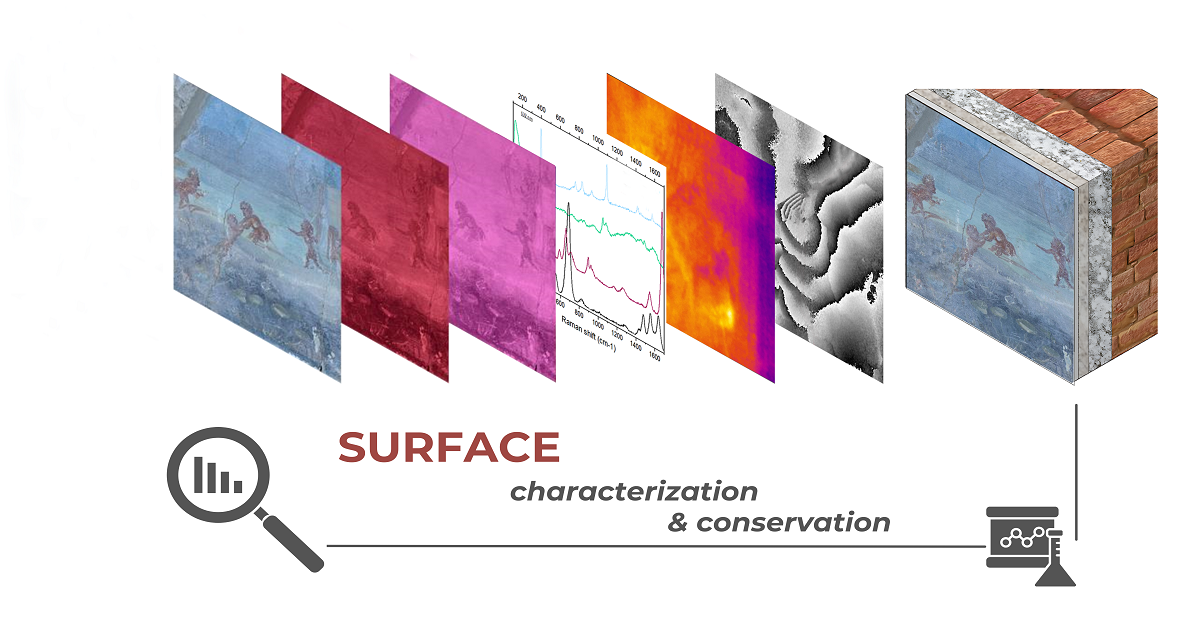- 2.8Impact Factor
- 5.4CiteScore
- 15 daysTime to First Decision
Advanced Technology in Surface Characterization and Conservation for Architectural and Archaeological Heritage
This special issue belongs to the section “Surface Characterization, Deposition and Modification“.
Special Issue Information
Dear Colleagues,
We invite you to share your research in MDPI’s Coatings (IF: 2.9) Special Issue on "Advanced Technology in Surface Characterization and Conservation for Architectural and Archaeological Heritage".
Architectural and archaeological surfaces are often highly valuable and fragile heritage assets, including wall paintings, mosaics, tiles, natural stone, and various types of polychrome and relief decorations, among others. The surface of these assets is exposed to various external risks, including environmental factors and intentional (vandalism) or unintentional damage, but its integrity can also be affected from the inside, through ageing processes in the immediate subsurface and the stability of the whole architectural/archaeological structure.
There is a strong demand for efficient technologies for the characterisation and conservation of valuable heritage surfaces in architecture and archaeology. This Special Issue collects research advancements proposed by heritage scientists, conservators and restorers, archaeologists, museum professionals, and art historians, among others, addressing the characterisation, documentation, study, monitoring, decision making, and conservation procedures of valuable architectural and archaeological surfaces.
This Special Issue welcomes original research articles and reviews on the following (or similar) topics:
- Advanced non-invasive methods for the characterisation of architectural and archaeological surfaces;
- Advanced surveying and monitoring technologies for the preservation of architectural and archaeological surfaces;
- Advanced technologies and approaches for the documentation of architectural and archaeological surfaces;
- Advanced methods and materials for the conservation of architectural and archaeological surfaces;
- Advanced interdisciplinary studies on the preservation of architectural and archaeological surfaces.
We look forward to receiving your contributions.
Dr. Antonina Chaban
Dr. Jana Striova
Dr. Rita Deiana
Guest Editors
Manuscript Submission Information
Manuscripts should be submitted online at www.mdpi.com by registering and logging in to this website. Once you are registered, click here to go to the submission form. Manuscripts can be submitted until the deadline. All submissions that pass pre-check are peer-reviewed. Accepted papers will be published continuously in the journal (as soon as accepted) and will be listed together on the special issue website. Research articles, review articles as well as short communications are invited. For planned papers, a title and short abstract (about 100 words) can be sent to the Editorial Office for announcement on this website.
Submitted manuscripts should not have been published previously, nor be under consideration for publication elsewhere (except conference proceedings papers). All manuscripts are thoroughly refereed through a single-blind peer-review process. A guide for authors and other relevant information for submission of manuscripts is available on the Instructions for Authors page. Coatings is an international peer-reviewed open access monthly journal published by MDPI.
Please visit the Instructions for Authors page before submitting a manuscript. The Article Processing Charge (APC) for publication in this open access journal is 2600 CHF (Swiss Francs). Submitted papers should be well formatted and use good English. Authors may use MDPI's English editing service prior to publication or during author revisions.
Keywords
- conservation
- architectural surface
- archaeological surface
- non-invasive characterisation
- heritage science

Benefits of Publishing in a Special Issue
- Ease of navigation: Grouping papers by topic helps scholars navigate broad scope journals more efficiently.
- Greater discoverability: Special Issues support the reach and impact of scientific research. Articles in Special Issues are more discoverable and cited more frequently.
- Expansion of research network: Special Issues facilitate connections among authors, fostering scientific collaborations.
- External promotion: Articles in Special Issues are often promoted through the journal's social media, increasing their visibility.
- e-Book format: Special Issues with more than 10 articles can be published as dedicated e-books, ensuring wide and rapid dissemination.

